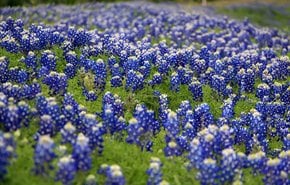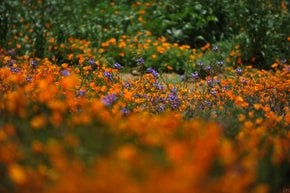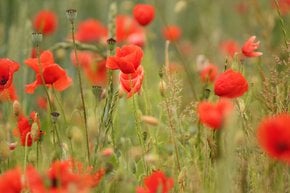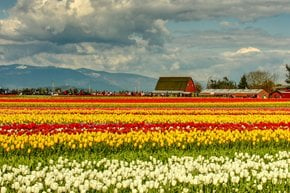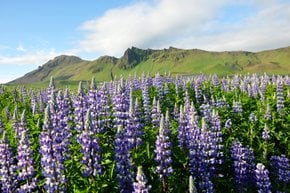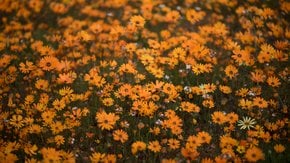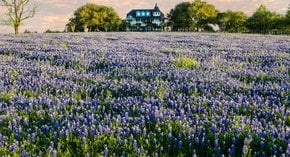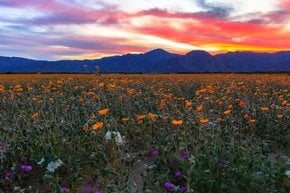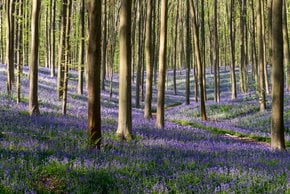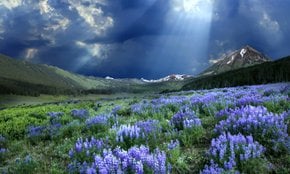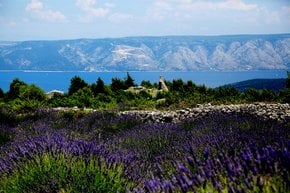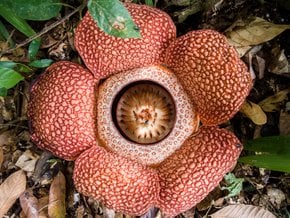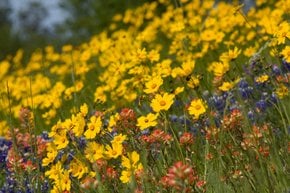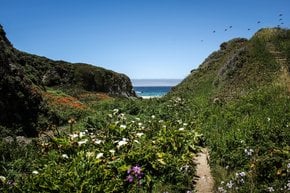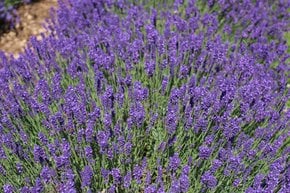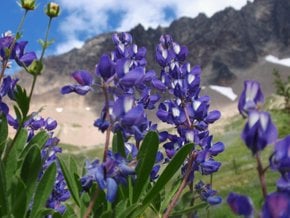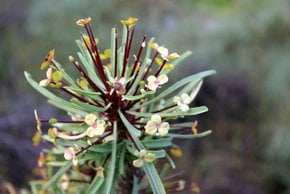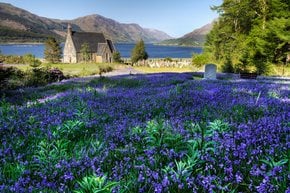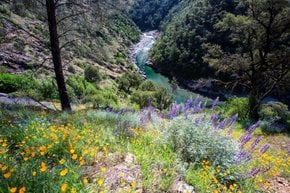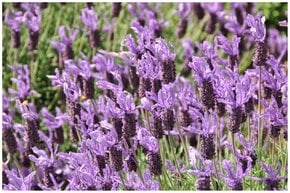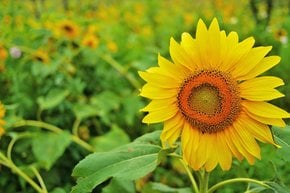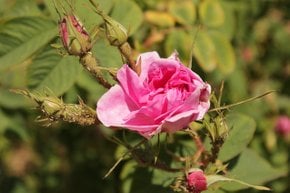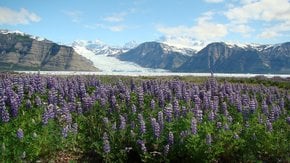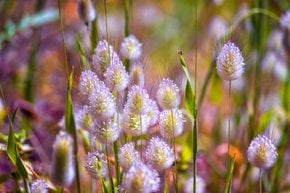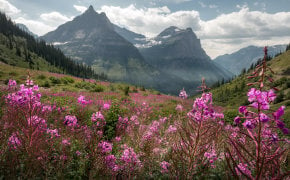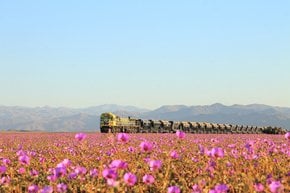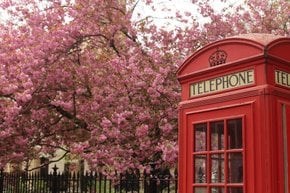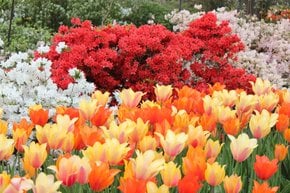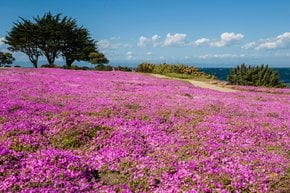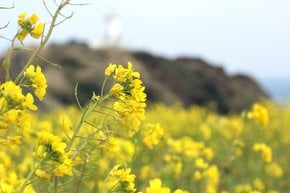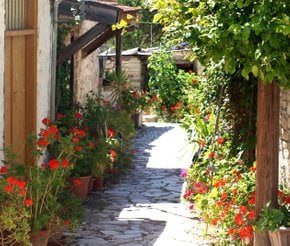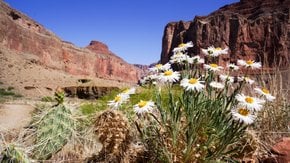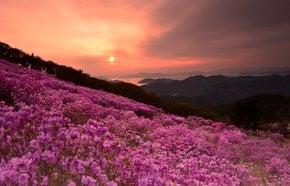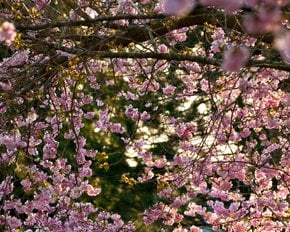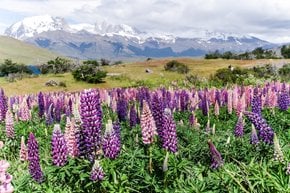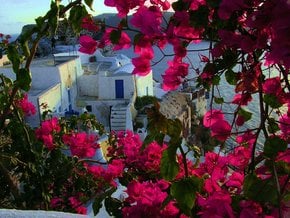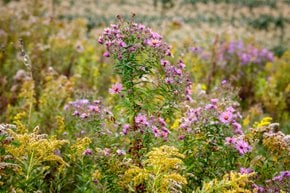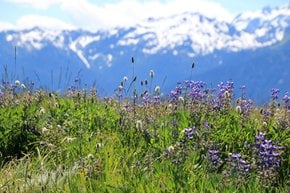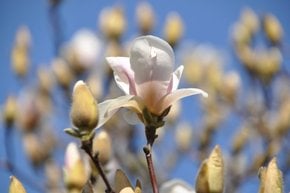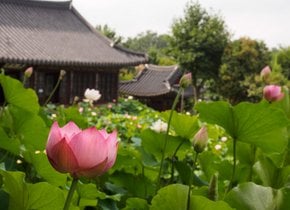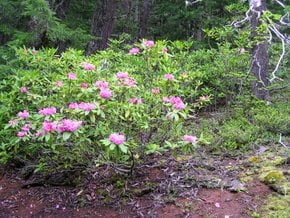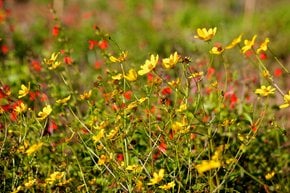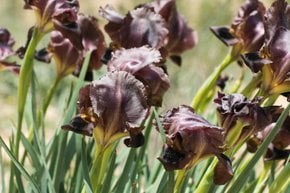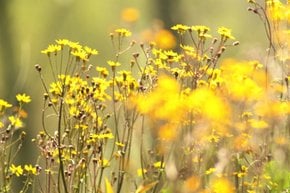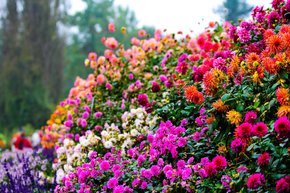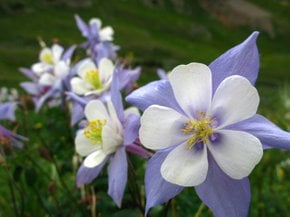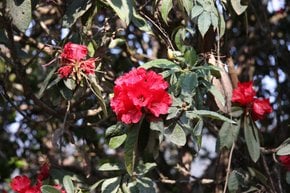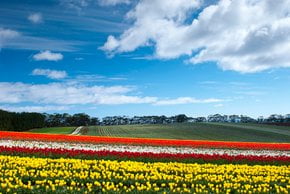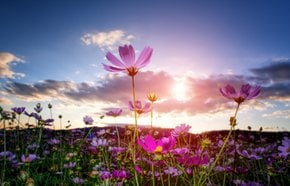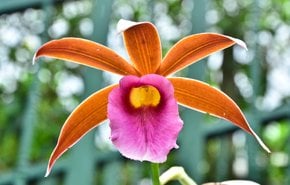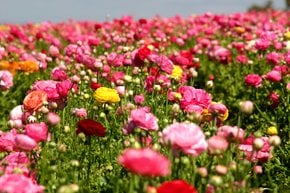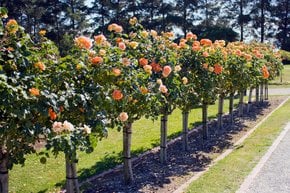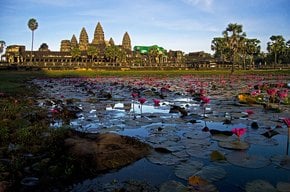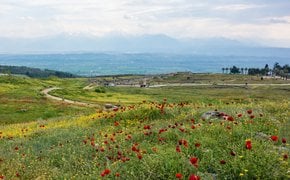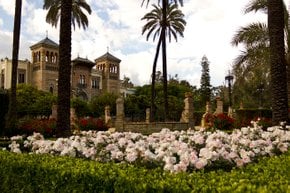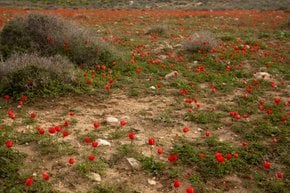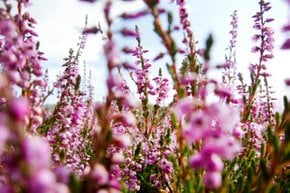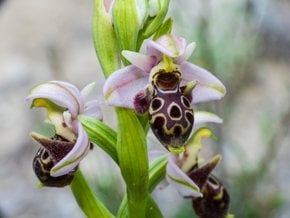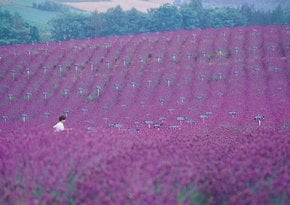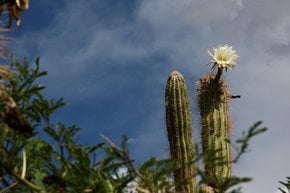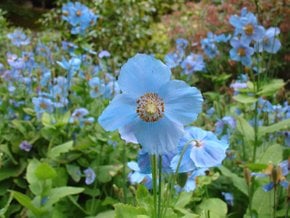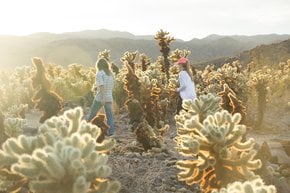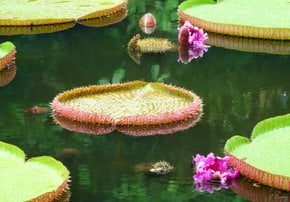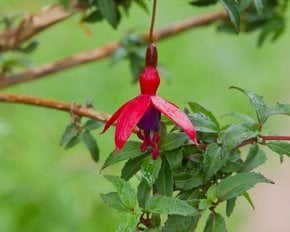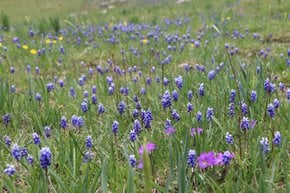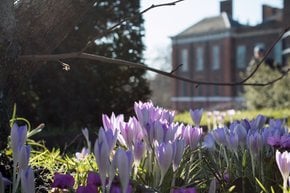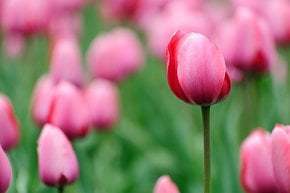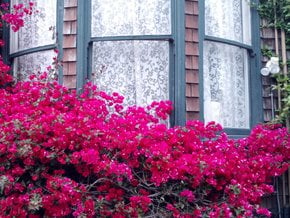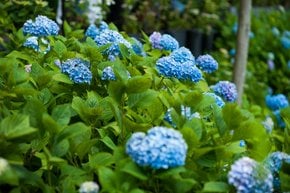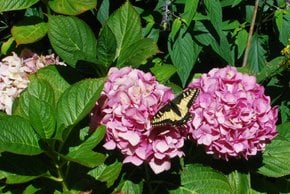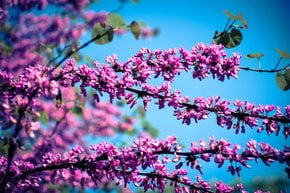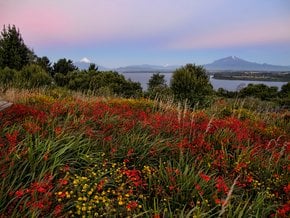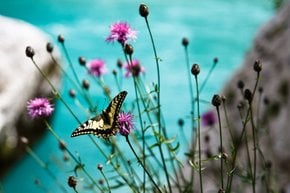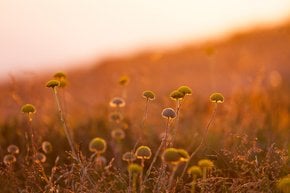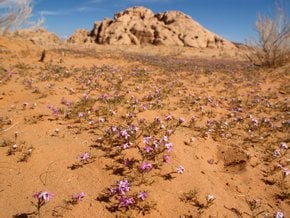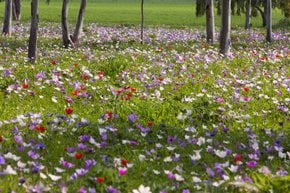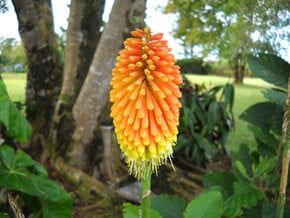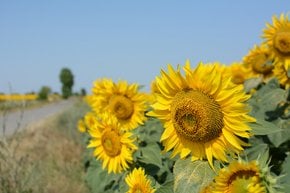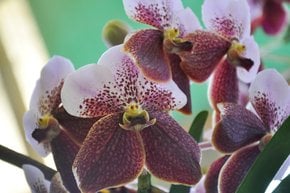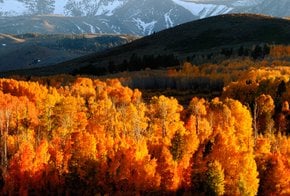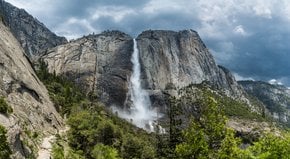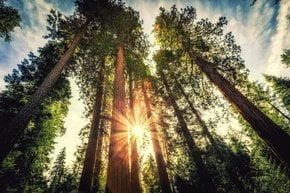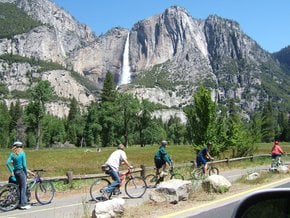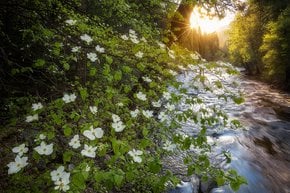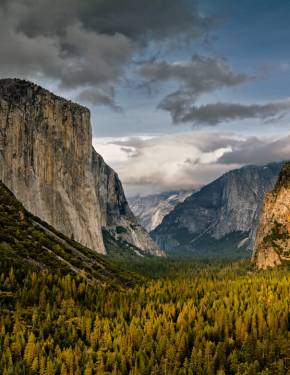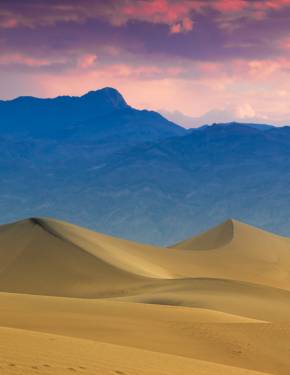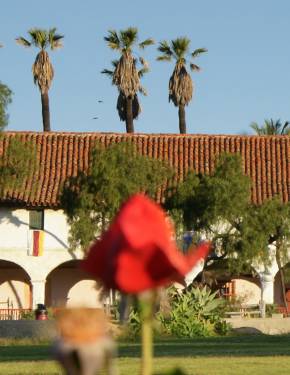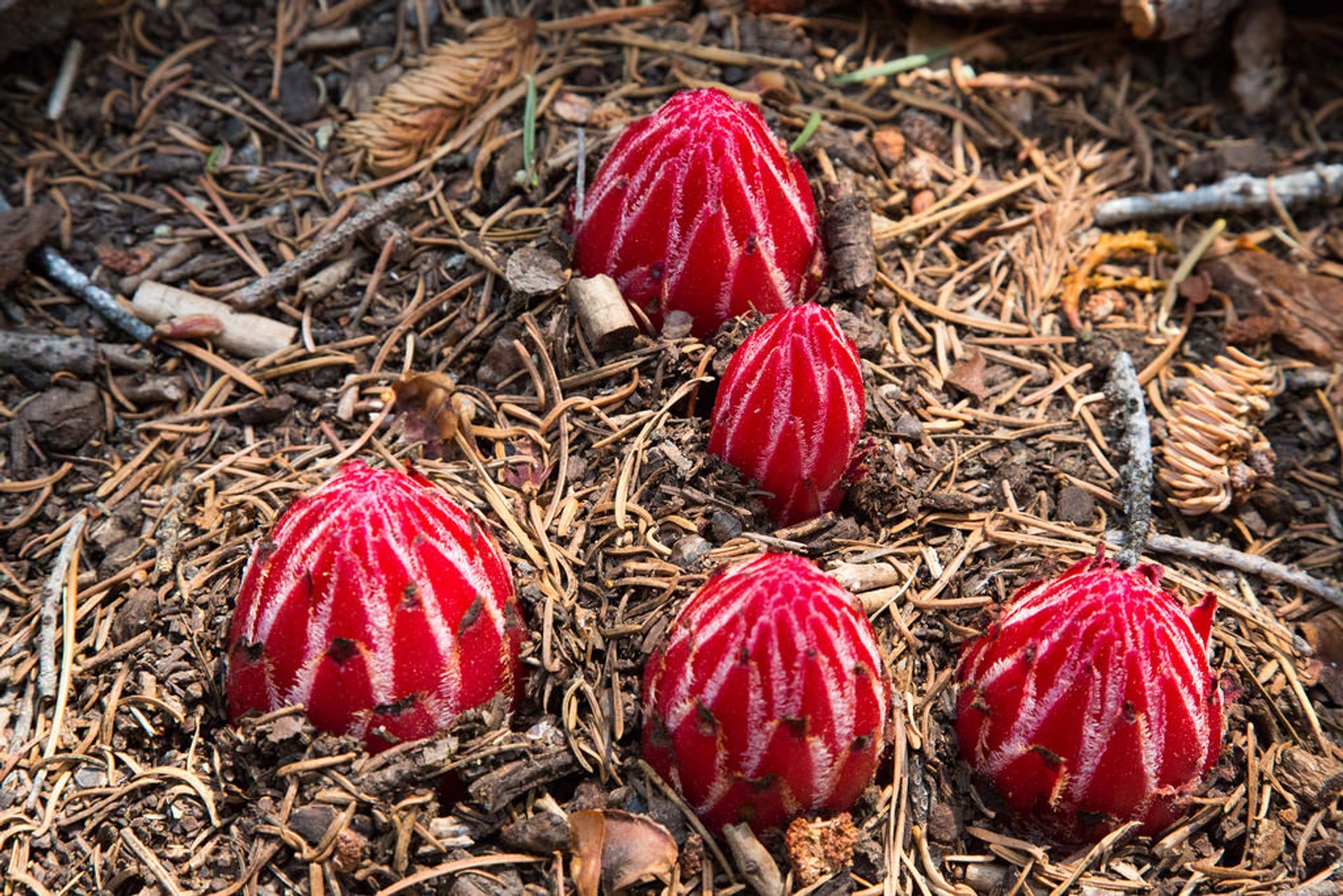


In early spring this unusually looking plant shows its bright red head through the snow. The snow plant doesn't look like a typical flower and is often compared to a mushroom or a red asparagus. It also lacks the chlorophyll which gives the familiar green colour to most plants. All of this makes the snow plant probably the weirdest inhabitant of this area and attracts many wildflower enthusiasts and photographers, and is more admired by tourists than any other plant in Yosemite. You can find this spectacular flower from May to July in Yosemite Valley, the Mariposa Grove of Sequoias, and along the Glacier Point Road.
Practical info
What makes the Snow Plant unique among other plants in Yosemite Valley?
The Snow Plant is unlike most plants in the Yosemite Valley as it lacks chlorophyll, making it a weird and rare inhabitant of the area. Its bright red head, akin to a mushroom or red asparagus, distinguishes it from other plants. The plant's unique look draws tourists, wildflower enthusiasts, and photographers to the valley each year. Show more
When is the best time to visit Yosemite to see the Snow Plant?
To catch a glimpse of the Snow Plant, visit Yosemite between April-July. The plant grows in Yosemite Valley, along the Glacier Point Road, and in the Mariposa Grove of Sequoias where you can see it among giant trees. Warmer areas of Yosemite usually see the plant blooming by late June or early July. Visitors must note that around winter, the plant is buried under the snow and only visible in early spring. Show more
Where can I find the Snow Plant in Yosemite?
You can spot Snow Plants on Yosemite Valley roadsides, Mariposa Grove of Sequoias, and along the Glacier Point Road. These plants grow where the snow melts, and the ground has moisture. The Snow Plant's unique bright red appearance allows visitors to easily spot amidst other plants and take fantastic photos. Show more
What is the significance of the Snow Plant in attracting tourists?
The rare and unusual Snow Plant holds significant importance in drawing tourists, wildflower enthusiasts, and photographers to Yosemite National Park. The plant's unique appearance often features in photographs and artwork. It's a rare sight that only grows in specific regions of Yosemite and for a brief time which only adds to its appeal. Visitors learn about the plant and its significance in the environment that supports such unique vegetation. Show more
Why does the Snow Plant lack chlorophyll and how does it survive?
Unlike most plants, Snow Plants lack chlorophyll which gifts them their bright-red stems and head. Snow Plants are mycoheterotroph plants, which means they parasitize the mycorrhizal fungi to take in necessary nutrients from the soil. They don't require sunlight to generate food and thus can grow in the shade. Due to their lack of chlorophyll, Snow Plants conserve energy and take years to reproduce. The coloration of their red stems and head helps attract pollinating insects like bees or flies. Show more
